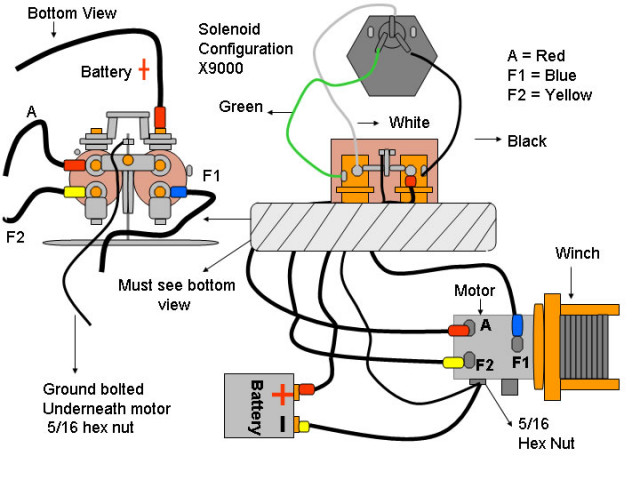There is nothing that can compare to the thrill of driving an ATV, ORV or a Side by Side in challenging, rugged environments. There is also nothing like the sinking or terrible feeling a person gets when they drive their rig into a ditch and have trouble getting it out. This happens once in a while in the amazing Gold Rush show on Discovery Channel and those are some massive machines!
They do not have winches on huge machines like that so they have to get help from other machines to help get it out of the mud. But the off-roading world is a little different; you may not have a team of other vehicles around you to help get you out of sticky (pun intended!) situation.
To save you from the embarrassment and frustration when this happens, you should consider getting an ATV, ORV or a Side by Side winch.
Winches have a very simple purpose; they exert force which pulls an object towards it with the help of a rope or cable. The object with lesser resistance is the one which will move.
If your ATV, ORV or Side by Side is stuck in a muddy area, just tie your cable to something that has a lot of mass and can behave like an anchor - such as a tree or perhaps a boulder. Once the winch is engaged, the motor will turn the drum. As the cable is drawn, your off-road vehicle will move close to the anchor. It won't take long for your vehicle to be free from the ditch.
If you use a tree branch, just be careful your winch does not pull your rig into the air like what happened in an older movie call the Gods must be Crazy which happened to an SUV!
The winch can also be used for hauling objects towards the ATV, ORV or Side by Side. This can be useful when a friend gets their vehicle stuck too. Your winch can be used to help them get out of a tight spot. A fantastic winch can be the difference between a minor inconvenience and spending the entire evening walking back home in the wilderness!
Now, there are multiple winches available today. For off-road ATVs, you can choose between hydraulic and electric winches. The battery of your vehicle is the winch's power source. You'll just need to hook up some wires with the battery, and you are good to go. Hydraulic winches tap into the steering pump's hydraulic system to pull power. But electric winches are the better choice for ATVs. But not all are the same.
For off-road ATVs, you can choose between hydraulic and electric winches. The battery of your vehicle is the winch's power source. You'll just need to hook up some wires with the battery, and you are good to go. Hydraulic winches tap into the steering pump's hydraulic system to pull power. But electric winches are the better choice for ATVs. But not all are the same.
The electric motor of the winch gives power to the gear train. There are a couple of gear trains for winches, worm and planetary. Planetary trains use multiple gears for turning the drum of the winch. This usually results in faster cable pulling. It creates heat too. Worm gear trains just come with 2 gears. They turn slower and don't generate that much heat. But just because they're slower doesn't mean they aren't more powerful.
You will also be able to get an idea of how strong a winch is by checking its pull rating. This is the highest amount of weight that the winch manufacturer claims the winch will be able to pull with ease. This number is usually listed in pounds.
This is the highest amount of weight that the winch manufacturer claims the winch will be able to pull with ease. This number is usually listed in pounds.
One last differentiator is the type of line which is used by the winch. There are certain winches which make use of steel cables while others use synthetic rope. Some can even accommodate both. Synthetic rope is strong and less dangerous if it breaks as compared to cables.
But synthetic ropes can wear down faster and melt if there are heat sources nearby. Cable will not melt, but it may splinter. This is whyit is always a good idea to wear some sturdy gloves when dealing with a winch.
Contact UsA winch is not any new tool that needs a separate introduction.
That being said, today’s winch is different than the winch that was used in the past.
A lot of the latest components and technologies have been added to these winches.
So, no matter how many other ways are there to recover your vehicle without a winch, using a winch is undoubtedly the best way to get your car unstuck.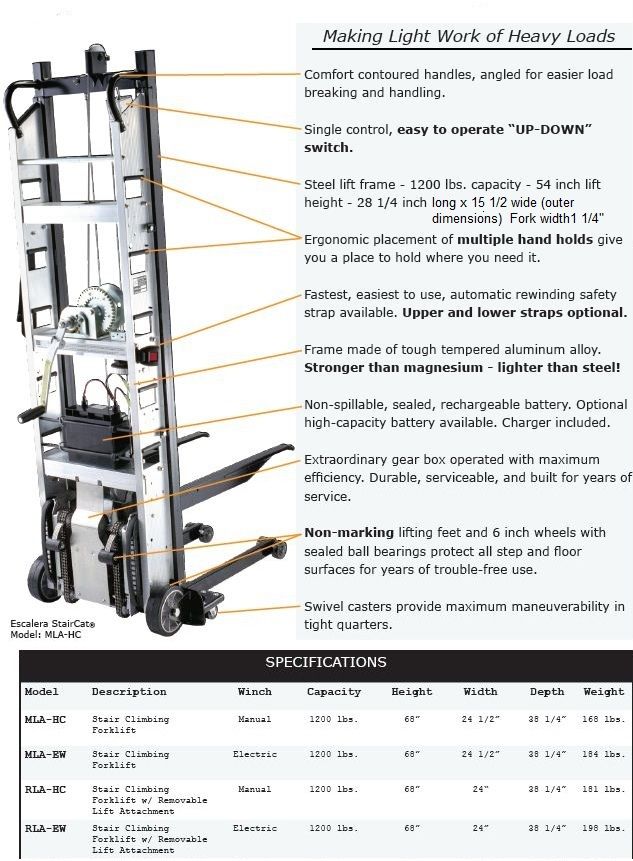
Mainly, to recover your truck, Jeep, SUV, UTV, ATV, and different utilities, a winch is the loftiest choice.
Knowing how a winch works internally is not mandatory, but it won’t hurt either.
The best way to learn its mechanism is by knowing about its components and their role in running the winch.
By the way, if you don’t have a winch and you are on a tight budget, you can check this list of top quality winch for the money.
Winch Components and How Does a Winch Work
Every electric winch has some standard components. Let me list down those components one by one and talk about their basic functionalities.
Winch Rope: A winch can have either synthetic rope or steel cable. It varies in length, though. The higher capacity winches come with longer lines than the lower capacity winches, and in general, the length ranges between 40’-90’.
The synthetic rope weighs way less than a steel cable. On top of that, a synthetic line is less dangerous than a steel cable if it breaks under load. It’s always the right decision to use a dampener with a steel cable version as it will keep the rope from snapping back if it breaks.
On top of that, a synthetic line is less dangerous than a steel cable if it breaks under load. It’s always the right decision to use a dampener with a steel cable version as it will keep the rope from snapping back if it breaks.
Winch Drum: The winch drum is a cylindrical shaped object where the rope wraps around. It helps the rope for winding in and out correctly.
Free Spooling Clutch: Every modern-day winch has an onboard free spooling clutch. The operation procedure of the free spooling clutch can be different, but the end result is the same in all cases.
It lets you engage/disengage the gear. A free spooling clutch also allows you to pull out the rope by hand.
As I said, the operation procedure can be different. Some winches offer a pull-up and twist mechanism, and some feature a lever that you have to turn to operate.
Winch Gear: The majority of the winches are equipped with a 3-stage planetary gear system; some come with 2-stage planetary gear too.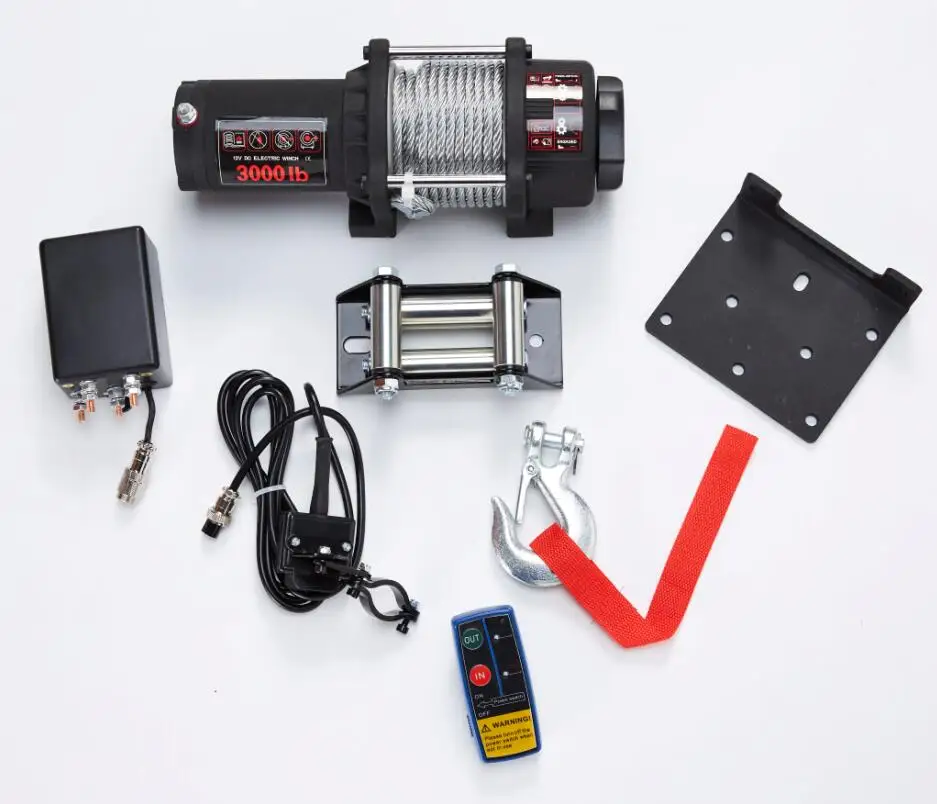
These are elliptical gear, and the reason they are called ‘planetary’ gear is that they work like a planet orbiting the sun. That means a small gear revolves around a big gear.
The gear train lets the winch to pull heavy objects. It transforms the motor power to the pulling force. Using the free spooling clutch, you can engage/disengage the gear train effortlessly.
Winch Motor: Every winch has a motor installed into the system. It’s either an electric motor or a hydraulic motor.
An electric motor works faster than a hydraulic motor. On top of that, an electric motor is something that you will want to have in most of the cases.
Why?
It’s because it uses the vehicle battery power to run the winch. On the other hand, the hydraulic motor requires you to tie some lines into your power steering system and use that hydraulic pressure to run the winch.
You have to have the engine running to use a hydraulic winch; on the other hand, an electric winch runs as long as your battery has the power.
So, practically an electric motor is the most welcoming type of motor to use with a jeep, truck, SUV, UTV, or ATV.
The winch motor powers up the drum to rotate.
Solenoid: A solenoid is another component that every useful winch features. It can be a relocatable solenoid or a non-relocatable solenoid.
The solenoid directly connects your winch to your vehicle’s battery power. It activates the winch motor by supplying the necessary current without harming the winch motor.
You can plug in your wired remote control with this solenoid box and control the winching keeping a safe distance.
All the suitable winches feature weather-sealed solenoid box to keep it from outside materials.
Brake: An automatic load-holding brake inside a winch is essential to increase your safety. Almost all the top-notch winches like Smittybilt winch or KFI winch implement an automatic load-holding brake.
Final Words
This article was not about how to use a winch. It was about the different components of a winch and how they work.
I’ve made every effort to make you understand in the simplest way possible.
What I expect from you is to use a quality winch. You can read any well-written review guide to educate yourself regarding different market-leading winches.
Remember, it’s a must to take the required safety measures like wearing gloves, using a dampener, etc. while using a steel cable.
Like Loading...
A winch is a must have for off-road riding. It allows you to pull a stuck ATV out of mud, water or deep ruts. Many models of CFMOTO ATVs and ATVs have a winch from the factory, for others it needs to be purchased separately. In this article, we will tell you how the winch works, what to look for when choosing, and also give useful tips on how to use it.
ATV winch is a drum with a cable.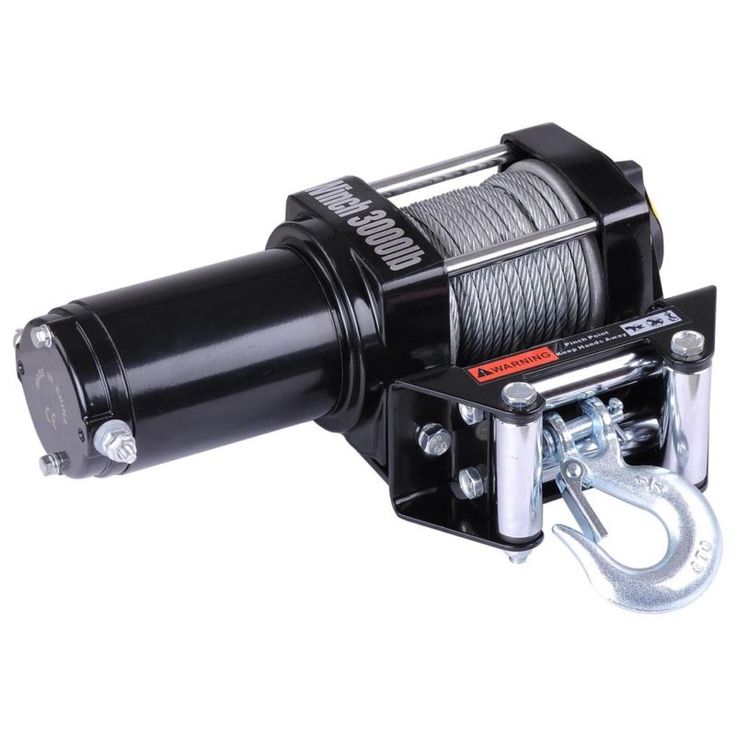 An electric motor is located on one side of the drum, and a gearbox on the other. Rotation from the electric motor to the gearbox transmits a shaft that passes inside the drum. The gears of the planetary mechanism are located in the gearbox.
An electric motor is located on one side of the drum, and a gearbox on the other. Rotation from the electric motor to the gearbox transmits a shaft that passes inside the drum. The gears of the planetary mechanism are located in the gearbox.
Reducer reduces speed and increases traction. The rotation from the gearbox is transmitted to the drum, which winds the cable, creating traction and gradually pulling out the stuck equipment. nine0003
One of the key parameters to consider when choosing a winch is traction. It determines the maximum weight of the load that can be torn off the surface. With each skein of the drum, the winch force decreases.
Thrust is measured in pounds (labeled on winches as lbs), 1 lb = 0.45 kg. The force depends on a number of features: the diameter of the drum, the number of wound turns, the power of the electric motor, as well as the gear ratio of the gearbox. nine0003
It is not always necessary to choose the most powerful and fastest winch: the more powerful the mechanism, the more difficult it is to handle. Beginners can harm equipment and even their health - it is not uncommon for a broken cable or a broken hook to cause injury.
Beginners can harm equipment and even their health - it is not uncommon for a broken cable or a broken hook to cause injury.
Matches the cubic capacity of the ATV:
Steel - cheap and easy. Requires work with gloves, not repairable. May cause injury if mishandled.
Synthetic - requires maintenance but is easy to use. It does not "shoot", and if the cable is damaged or torn, it can be braided on the spot.
Most experts believe that material choice should be based on personal preference: some riders lean towards steel over time, others towards synthetics. nine0003
The winch is installed on a special platform on the ATV frame. If there is no platform, you need to buy it and install it according to the instructions. The site has standard anchor points that fit classic winches up to 3,500 feet of pull.
If there is no platform, you need to buy it and install it according to the instructions. The site has standard anchor points that fit classic winches up to 3,500 feet of pull.
When choosing a winch, pay attention to the width of the drum:
With certain skills, you can modify the fasteners and install almost any winch - the main thing is not to make the fasteners “to break” and not to strengthen weak points. If the ATV is under warranty, it is advisable not to touch the frame and buy a standard winch.
Installing the winch is easy, but the connection will have to be tricky. To lay the wiring, it is advisable to remove the plastic from the ATV. The winch must be connected to the control unit and battery. It is recommended to keep the power cable as short as possible to avoid current loss. All wires must be hidden in the corrugation so that they do not come into contact with the frame and are protected from moisture. nine0003
It is recommended to keep the power cable as short as possible to avoid current loss. All wires must be hidden in the corrugation so that they do not come into contact with the frame and are protected from moisture. nine0003
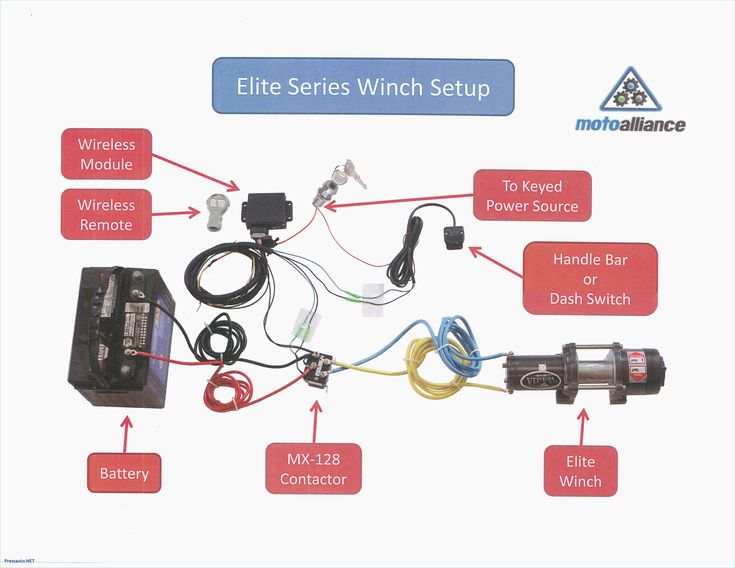

If you have any questions or would like further advice on purchasing, installing, operating and maintaining an ATV or ATV winch, please contact your nearest authorized CFMOTO dealer. nine0003
Dealers CFMOTO
How exactly does an ATV winch work? The winch consists of 3 main parts: in the center there is a drum with a cable, on one side of the drum - an electric motor, on the other - a gearbox. A shaft passes through the drum, which transmits rotation from the motor to the gearbox. The gearbox contains planetary gears, usually 2 or 3 stages. The gearbox reduces the speed of rotation, and thereby increases the tractive effort. Then the rotation from the last stage of the gearbox is transferred to the drum. A winch is a fairly simple device, but also a powerful and incredibly useful tool for off-road vehicles. nine0003
The winch is attached with a platform. If you already had a winch, then you already have a platform, if not, then you need to buy a platform separately.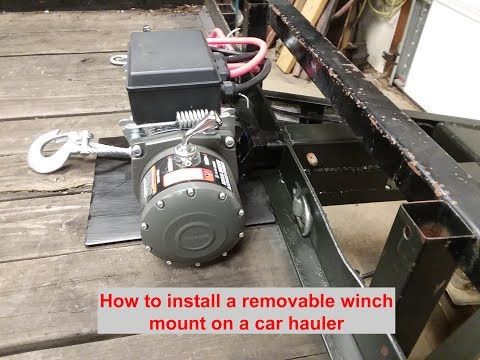 Here are they are .
Here are they are .
Mounting is simple, all ATV and UTV winches have standard mounting dimensions. There are only two standards: ATV winches (narrow drum) and side winches (wide drum).

So the question “Will such and such a winch fit my quad” almost always has an affirmative answer if you have chosen the right traction.
We have already somewhat limited the choice of the winch by its mounting dimensions. Now let's talk more about traction. nine0003
Pull on winches is measured in pounds (lbs). Pulling force is always specified in the winch model (for example, Superwinch Terra 35 is 3500 lbs). 1 lbs = 0.45 kg . That is, a winch with a traction of 3500 lbs is 1588 kg.
The pulling force of the winch depends on the power of the motor, the gear ratio of the gearbox and the diameter of the drum, taking into account the number of coiled turns of the cable. A winch with a powerful motor does not always have the best traction. A bit of math to understand:
I hope everything is clear with the dependence of traction and speed on the motor and gearbox. As for the diameter of the drum with a cable, if the cable is completely wound on the drum (large overall diameter), then the speed increases and the thrust drops, if the cable is completely unwound and the winch winds the first or second layer, then the speed is not high, but the thrust is maximum. It is on the first turn that the manufacturer indicates the pulling force of the winch in the model name. nine0003
As for the diameter of the drum with a cable, if the cable is completely wound on the drum (large overall diameter), then the speed increases and the thrust drops, if the cable is completely unwound and the winch winds the first or second layer, then the speed is not high, but the thrust is maximum. It is on the first turn that the manufacturer indicates the pulling force of the winch in the model name. nine0003
By the way, many mistakenly believe that tractive effort is some kind of force that is measured in a horizontal plane. This is not true! If you hang a weight scale between a tree and a winch, then the scales will show at a maximum load of 1500 kg, if you have a winch with a pulling force of 1500 kg. It makes no difference in which plane the winch works, if it works in a vertical plane, it must lift a load of 1500kg.
Forget (if you knew) the rule of jeepers that the weight of the car must be multiplied by two and we get the desired winch traction. ATVs burrow harder relative to their weight, and even a winch with three times its mass will not save. nine0003
ATVs burrow harder relative to their weight, and even a winch with three times its mass will not save. nine0003
 Even if you have a light five hundred, over time, a snorkel and evil off-road tires may appear on it. Pulling out , as it were, a light 500-ku, in addition to its weight, you will drag a huge pile of dirt in front of you and on yourself, comparable to the weight of the quadra itself.
Even if you have a light five hundred, over time, a snorkel and evil off-road tires may appear on it. Pulling out , as it were, a light 500-ku, in addition to its weight, you will drag a huge pile of dirt in front of you and on yourself, comparable to the weight of the quadra itself. This topic always provokes heated debate. My unequivocal opinion is better than synthetics.